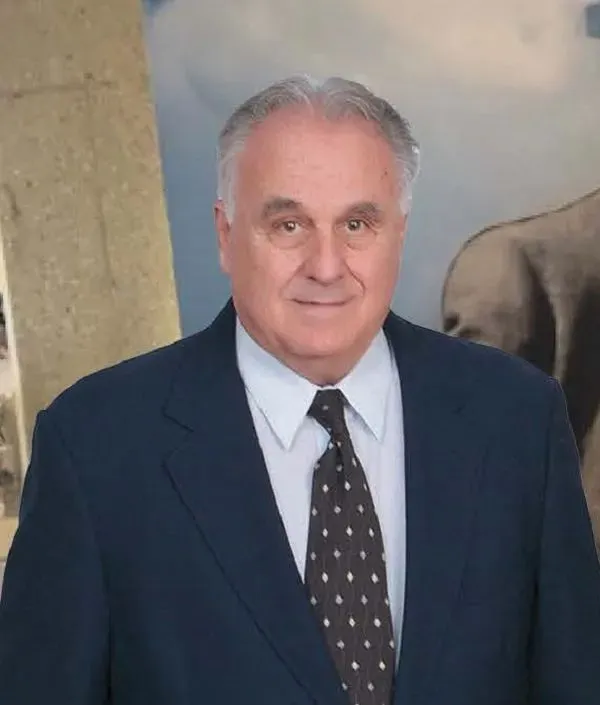

Scientist and Engineers have been trying to use graphene in semiconductor circuits for 20 years. The biggest problem has been that graphene cannot be soldered and does not bond well at low temperatures with any other metals used in circuits. It is the world’s best diffusion barrier that prevents oxidation and metal migration in circuits.
“My fusion process is the only process in the world that can use 2D Graphene for circuit interconnects at low temperature assembling of CMOS Chips,” says Bellezza, “this is done by changing the crystalline structure of the substrate metal which is Iron/Nickel plating. The substrate is prepared by physically rolling or cryogenically treating for only seconds to form Martensite crystals that will absorb carbon graphene when heated. This type of process has been used for several hundred years in heat-treating Carbonization of Steel, but I’m the first in the world to use this heat-treating process for microelectronic circuits.”
The fusion created is a true metallurgical union as the graphene becomes an Alloy fused to the substrate and CMOS Chips. The interface has very low electrical resistance that increases the speed of the circuit. The process can be used for all circuits in semiconductors. The carbon grraphene properties are now pivotal and the best for fusing
“I have researched the use of this type of fused interconnects in my other patents found on my Web Site,” says Bellezza, “the solderless Thermoelectric Generator was the start of this research in 2007 now patent US10,756,248 followed by patent US11,380,833. I received two granted fusion patents in 2018 and 2021. My fusion patents US10,937,940 and US10,096,761 are the basis of my current work with several more fusion patent applications to be filed soon.”
“In 2018 when patent US10,096,761 was granted, I sent it out to a few University Engineering departments for their review and comments,” says Bellezza, “unfortunately, I received no direct response. I was hoping for positive response from the University, but received none.”
Nonetheless, Bellezza believes that the process “will bring 2D Graphene into the main stream of integrated circuits for generations to come.”






